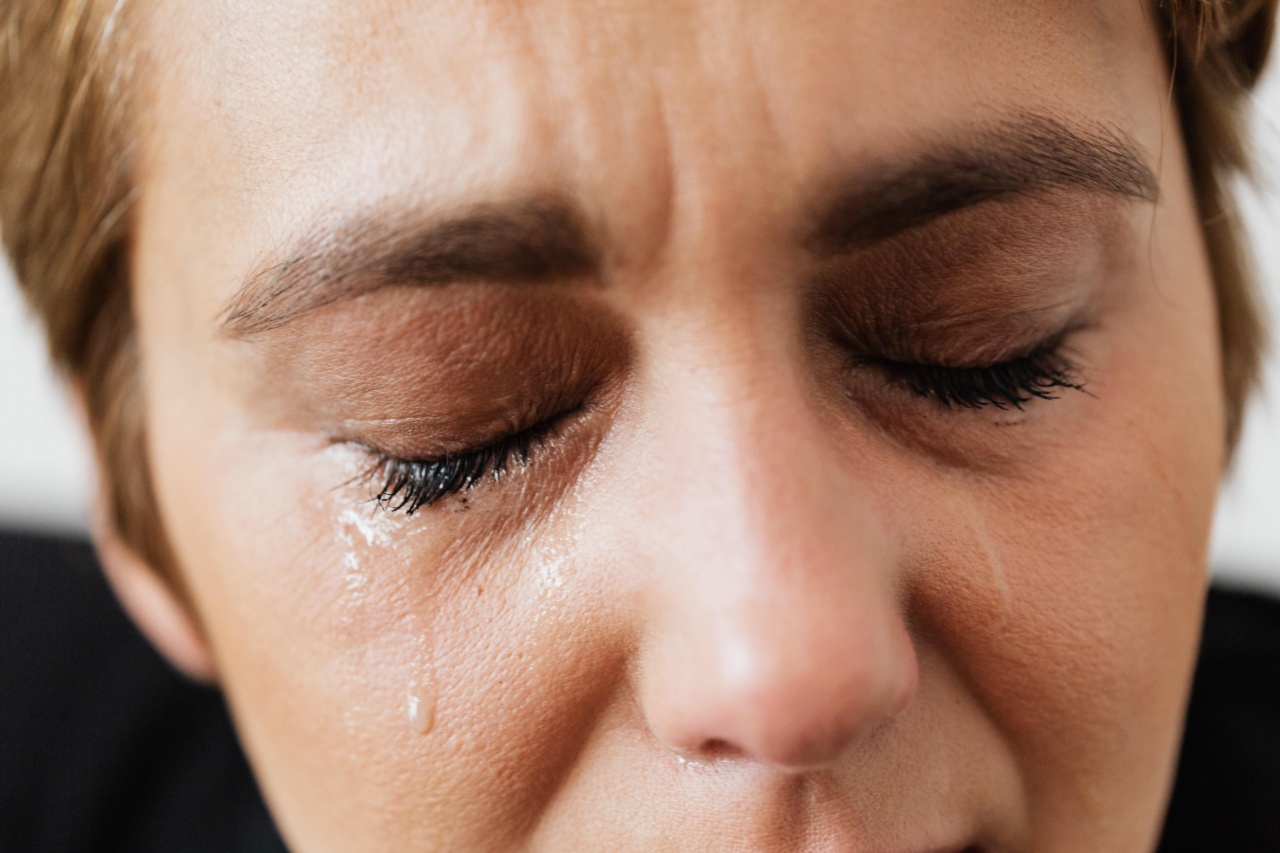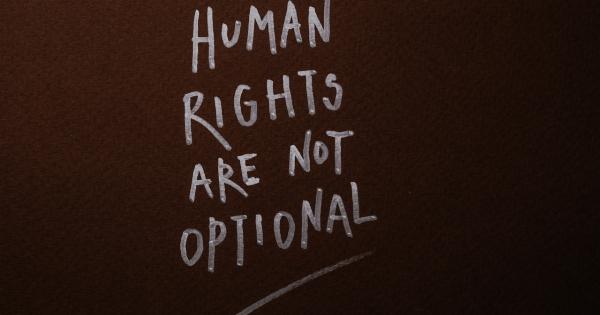When we think of crying, we often associate it with sadness, pain, or grief. However, tears can serve a multitude of purposes and can be a window into our emotions and inner thoughts.
In this article, we delve into the hidden meanings behind crying and how it can reveal the guilt that weighs on an individual.
The Science Behind Tears
Tears are not only an emotional response but also a physiological one. Our bodies produce tears as a way to maintain eye lubrication and clear any debris that may harm the eyes.
These tears, known as basal tears, serve a protective function and are constantly being produced to keep our eyes healthy.
In addition to basal tears, our bodies also produce reflex tears, which are a response to irritants such as dust, onions, or even smoke. These reflex tears help flush out the irritants and protect the eyes from potential harm.
However, the tears that are of particular interest when it comes to the emotions and guilt are emotional tears. Emotional tears are tears that are shed as a direct result of an emotional experience, whether it be happiness, sadness, anger, or guilt.
The Release of Emotions
When we experience guilt, it can be an overwhelming feeling that weighs heavily on our minds and hearts. The act of crying allows an individual to release these pent-up emotions and provide temporary relief from the guilt they feel.
Through tears, individuals can express the pain and remorse they feel for their actions. Crying acts as an outlet and helps release the emotional burden that guilt often brings.
It serves as a means of catharsis, allowing individuals to process their emotions and begin the healing process.
Often, the guilt we feel weighs on us not only emotionally but also physically. The act of crying triggers the release of endorphins, which are our body’s natural pain relievers and mood boosters.
This release of endorphins can help ease the physical and emotional pain associated with guilt.
The Social Significance of Tears
Beyond the individual experience, tears also hold significant social meaning. Tears can act as a form of communication, conveying to others the depth of our emotions and the sincerity of our remorse.
When someone sheds tears of guilt, it demonstrates their vulnerability and their desire for forgiveness. It shows that they understand the pain they have caused and are genuinely sorry for their actions.
These tears can evoke empathy in others and create an opportunity for healing and reconciliation.
However, it is essential to note that not everyone expresses their guilt through crying. People respond to guilt differently, and some may not shed tears at all.
This does not invalidate their remorse or suggest that they are less affected by the guilt they feel. Emotional expression varies from person to person, and while tears may be a common response, they are not the only indicator of remorse.
The Role of Culture and Gender
Our cultural upbringing and gender can also influence the way we view and express guilt. In some cultures, crying is seen as a sign of weakness and may be discouraged.
This can result in individuals suppressing their tears and finding alternative ways to cope with guilt.
Gender stereotypes also play a role in how guilt is expressed. Society may expect women to be more emotionally sensitive and prone to tears, while men are often encouraged to suppress their emotions and find alternative outlets for processing guilt.
However, it is vital to remember that these expectations are societal constructs and do not reflect the individual’s true emotions or the depth of their remorse.
The Healing Power of Tears
While crying is often associated with negative emotions, it can also be a powerful tool for healing and growth. Shedding tears allows individuals to confront their guilt, acknowledge their mistakes, and take steps towards making amends.
Through tears, individuals can gain clarity and a deeper understanding of their actions. It can serve as a catalyst for change, motivating them to make better choices in the future and prevent similar instances of guilt.
Crying also allows for emotional connection and empathy. When others witness our tears of guilt, it creates an opportunity for forgiveness and understanding.
It humanizes us and helps rebuild the broken trust or relationships that may have resulted from our actions.
Ways to Cope with Guilt
While crying can provide temporary relief, it is essential to develop healthy coping mechanisms to address and overcome guilt in the long run. Here are some strategies that can help:.
1. Acknowledge the guilt:
Recognize and accept the guilt you feel. Avoid suppressing or denying it as this can impede the healing process.
2. Learn from your mistakes:
Reflect on the actions that caused the guilt and identify what you can learn from them. Use this knowledge to grow and make better choices in the future.
3. Apologize and make amends:
If your guilt stems from hurting someone, take responsibility for your actions and apologize. Make amends if possible and demonstrate your commitment to change.
4. Seek forgiveness:
Reach out to those you have hurt and express your remorse. Understand that forgiveness may take time, and it is not guaranteed, but the act of seeking forgiveness can be a significant step in your personal journey towards healing.
5. Practice self-compassion:
Forgive yourself and show yourself the same compassion you would extend to others. Understand that everyone makes mistakes, and it is through these experiences that we learn and grow.
6. Seek professional help:
If your guilt becomes overwhelming or affects your daily life, consider reaching out to a therapist or counselor who can provide guidance and support.
Conclusion
Crying is a complex and multifaceted human experience that holds hidden meanings behind its tears. When it comes to guilt, crying allows an individual to release their emotions, express their remorse, and seek forgiveness.
It serves as a vital step towards personal healing and growth. However, it is crucial to remember that not everyone expresses guilt through tears, and individual experiences of guilt vary.
The ultimate goal is to acknowledge and learn from our mistakes, make amends, and practice self-compassion as we navigate the complexities of guilt.






























